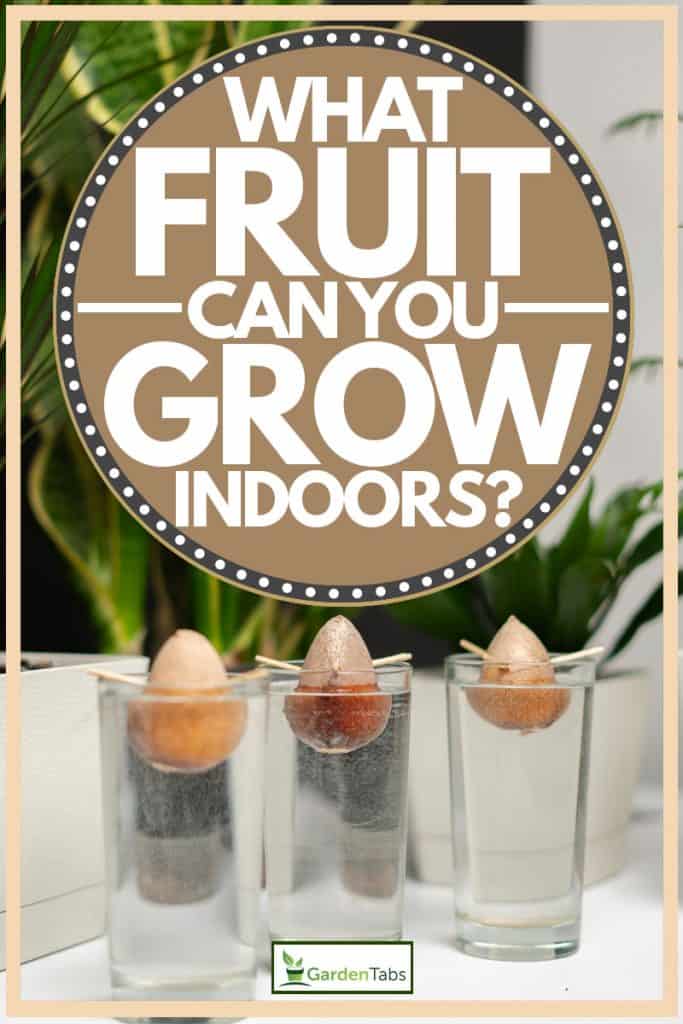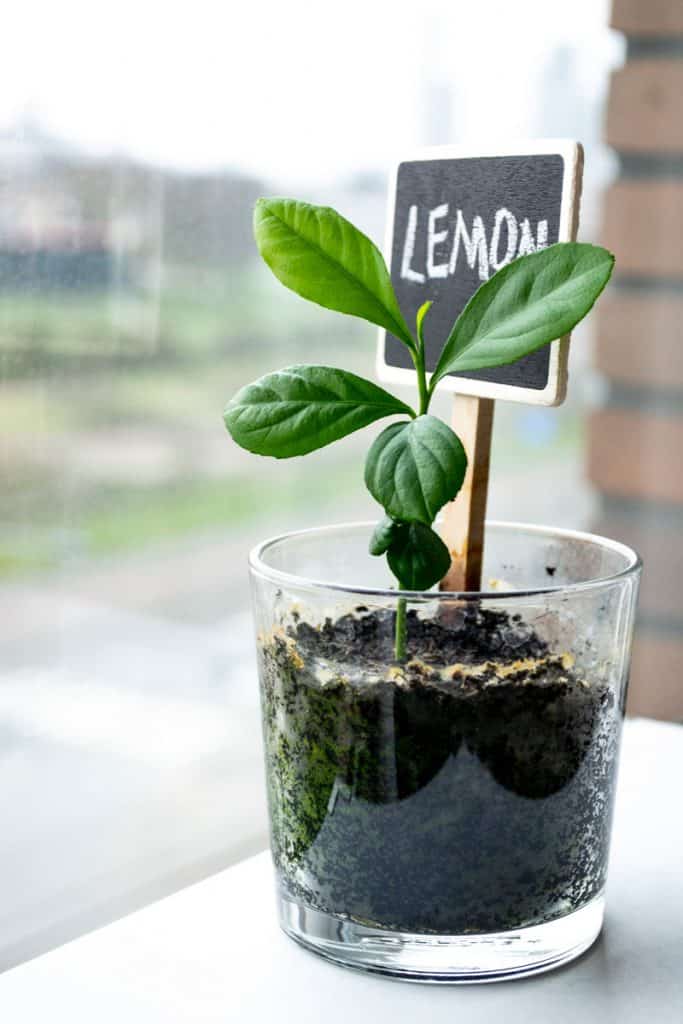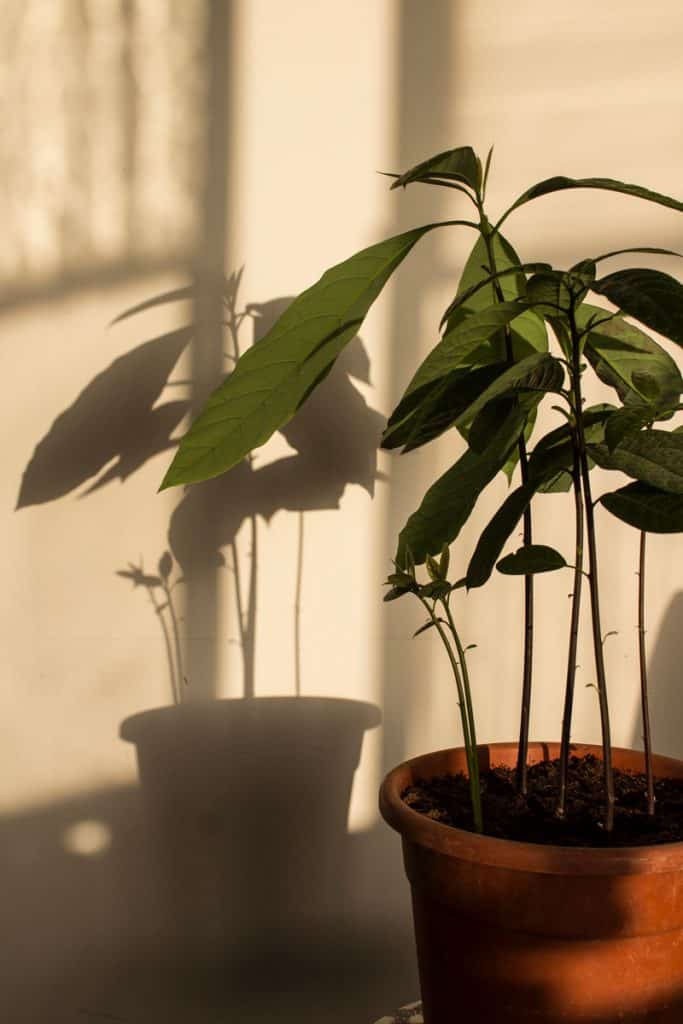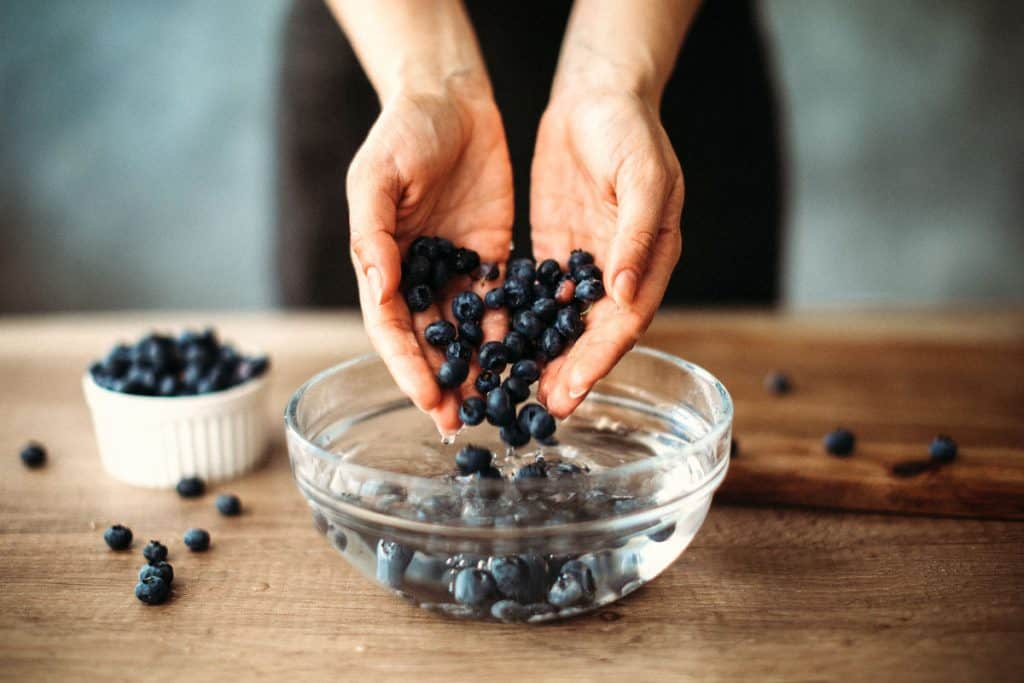 There is nothing more satisfying than biting down into a ripe piece of fruit. Did you know that it is possible to grow certain types of fruit indoors? Imagine creating fantastic dishes at home using fruit you grew indoors using the appropriate potting soil, containers, patience, water, and sunshine. You may be surprised at how many types of fruit you can grow indoors, even if you don't have a greenhouse.
There is nothing more satisfying than biting down into a ripe piece of fruit. Did you know that it is possible to grow certain types of fruit indoors? Imagine creating fantastic dishes at home using fruit you grew indoors using the appropriate potting soil, containers, patience, water, and sunshine. You may be surprised at how many types of fruit you can grow indoors, even if you don't have a greenhouse.
You can grow the following types of fruit indoors:
- Apricots
- Avocado
- Bananas
- Blueberries
- Cucamelons
- Lemons
- Mandarin Oranges
- Mulberries
Embrace your inner green thumb and try your hand at growing dwarf fruit trees, bushes teeming with berries, and other types of tasty fruit. Read on to learn more about how to grow fruit indoors, the best conditions for a bountiful yield, and how to develop your indoor gardening skills. Without further ado, let's get into it!
Contents
Apricots
You can grow an apricot tree from a pit, but if you want edible fruit to flower, it is better to invest in a dwarf apricot tree. On average, this tree takes about two to four years to bear fruit. Apricot trees typically grow to a height of 12 to 15 feet, so it is advisable to grow a dwarf variety indoors.
Expect your apricot tree to eventually reach a towering height of six feet. Make sure to give your tree a container that is a minimum of 20 inches in diameter, and prune your tree as needed to control its growth. Place your apricot in a sunny window to get ample light for at least six to eight hours each day to thrive. You want to use a soil that drains well and has a pH range between 6 and 7.
Avocado
You can start an indoor gardening adventure by growing an avocado plant from a clean, rinsed off pit propped up in a container of water until it begins to sprout. If you want a shortcut, purchase an avocado tree that is already grafted and will bear fruit after three years as opposed to a decade.
Dwarf varieties of avocado include the Little Cado and the Lamb Hass. Grow your avocado tree in a place where it can receive full sun. In terms of optimal temperature, these trees thrive in temperatures between 65 and 85 degrees Fahrenheit. Use loose soil that allows for proper aeration and drainage, and make sure not to overwater them. Limestone and sandy loam soil types are a healthy choice for growing an avocado plant indoors.
Bananas
You don't have to live in a tropical environment to grow bananas indoors, but you would be smart to grow a dwarf variety that won't reach a towering 30 feet. Growing bananas indoors calls for selecting a dwarf variety like Rajapuri, Dwarf Cavendish, or Dwarf Brazillian. Choose a pot for your banana tree that is between six to eight inches in diameter, but prepare to size up as the plant grows.
Every few years you will want to increase the size of the pot. A banana plant will thrive in a sandy loam-based compost soil, and they need between 6 to 12 hours of sunlight daily.
Blueberries
Try your hand at growing the dwarf variety of blueberries: Top Hat, Sunshine Blue, or Lowbush blueberries. Blueberries should be kept moist but not drenched. They thrive on a minimum of six hours of sun daily. One necessary detail to produce a healthy yield of blueberries is to give it enough time exposed to chilly temperatures.
Choose an acidic fertilizer when feeding blueberries, and use a container that has a depth of 12 to 18 inches. Blueberries like soil with organic elements and pH level between 4 and 5.
Cucamelons
The cucamelon, also known as a Mouse Melon or Mexican Sour Gherkin, is a fascinating fruit that tastes like a cross between a cucumber and a lime fruit. Be advised, once your fruit gets situated and growing, you will need a trellis system for the vines of the cucamelons to grow up onto.
Grow cucamelons in a southern facing window where they can get plenty of sun, or use an LED light. Choose soil that is an organic mix, and place stones at the bottom of your container so it drains well. Ensure that your fruit is not exposed to temperatures under 37 degrees Fahrenheit.
 Lemons
Lemons
Make growing bright and bold lemon fruit a cinch and choose a Meyer Lemon tree. Water your tree infrequently but heavily, and ensure it gets between 8 to 12 hours of sunlight each day. Exposing a Meyer Lemon tree to southern or southwestern exposure will help it bear fruit more easily. Look forward to edible lemons after your tree has reached three to five years of age when it will begin flowering and bearing fruit twice a year.
Mandarin Oranges
If you can't offer a mandating orange tree enough sunlight when growing indoors, use grow lights. Mandarin oranges like to be in temperatures between 60 and 80 degrees and need soil that's loose, rich, and well-drained. Consider using a mix of sand, vermiculite, and peat moss for good results. Don't forget to apply a rich fertilizer every three to four months to ensure the plant receives enough nutrition.
Mulberries
Grow a mulberry bush in a 5-gallon container and give it a minimum of 6 hours of sun daily to thrive. Mulberries make an excellent choice when growing fruit indoors because they grow quickly and produce a lot of berries. Choose a dwarf tree or a bush and wait 4 to 10 years for the plant to produce fruit if grown from a seed or cutting. If you can, choose a 15-gallon or 25-gallon container so your mulberry plant can grow deep roots and produce more berries.
What Is The Easiest Fruit To Grow Indoors?
One of the easiest fruits to grow indoors is the mulberry bush. You can choose to grow a mulberry bush or a dwarf tree version. The more space you can provide for your mulberries to grow, the better. To produce the best yield, they also need adequate water and sunlight.
How Long Do Fruits Take To Grow?
If you choose to grow a fruit from a seed, be prepared to wait anywhere from 3 to 4 years or longer for a plant to be mature enough to bear fruit. Skip the wait and purchase a mature tree or bush that bears fruit, and you'll be able to enjoy fresh fruit much sooner.
What is the Quickest Fruit To Grow Indoors?
Mulberries are one of the quickest fruits to grow indoors, and they produce a large number of berries. Grow a bush or dwarf tree in the largest container possible for best results and a deeper root system.
LED Grow Lights For Growing Fruit Indoors
When it comes to growing fruit indoors, we suggest using LED lights to emulate sunlight. Below are a couple of grow lights to consider for growing fruit.
Spider Farmer Grow Light
Click here to see more on Amazon.
VIPARSPECTRA Grow Light
Click here to see more on Amazon.
In Closing
Now you know all about growing fruits indoors. Take this information and start planting, and before you know it, you'll have a harvest of fresh fruit to enjoy!
Before you go, be sure to check out these other guides:





When my banana has a flower, and the bottom fruit is not maturing, may i cut it off. I don’t wish to damage the bananas that are maturing.
I am afraid it will weep out moisture